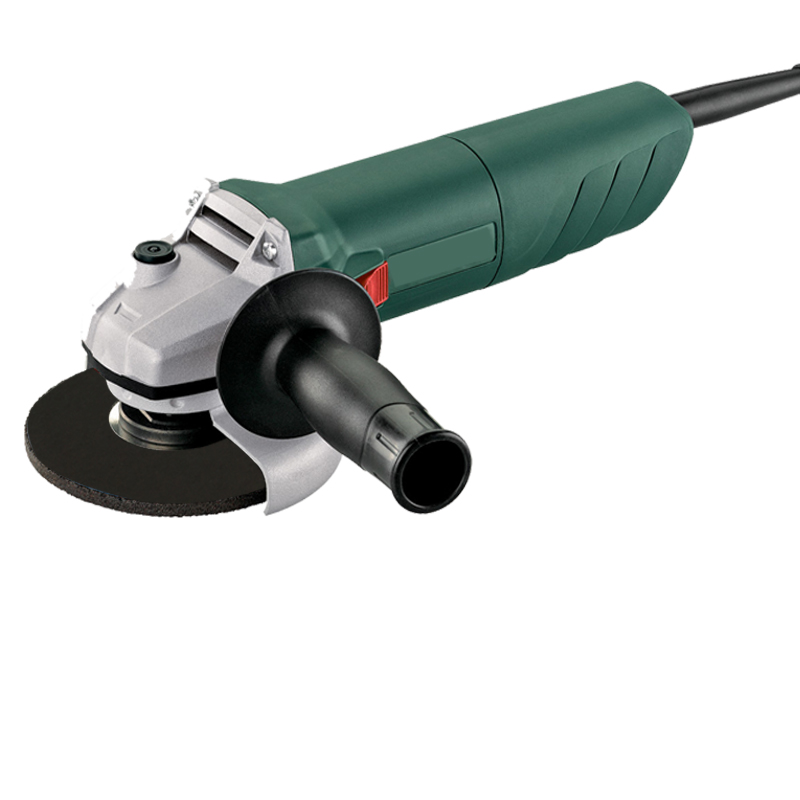Current location:76mm flap disc >>Text
76mm flap disc
disc for cutting stone4641People have read
IntroductionCan You Use a Masonry Disc to Cut Steel? When it comes to cutting various materials, selecting the r...

Can You Use a Masonry Disc to Cut Steel? When it comes to cutting various materials, selecting the right tool for the job is crucial. Many DIY enthusiasts and professionals often wonder if they can use a masonry cutting disc to cut steel. This article explores the characteristics of masonry discs, assesses their suitability for cutting steel, and offers recommendations for the best practices in using cutting tools. Understanding Masonry Discs Masonry discs, also known as diamond blades or concrete cutting discs, are specifically designed for cutting through hard materials such as concrete, brick, stone, and tile. They come in various designs, with diamond-tipped edges providing durability and cutting efficiency. These discs are primarily used with angle grinders or cut-off saws and are engineered to withstand high levels of abrasion and heat generated during cutting. Properties of Masonry Discs Masonry discs possess certain properties that make them effective for their intended materials 1. Abrasion Resistance Masonry discs are highly resistant to wear, allowing them to cut through tough materials without significant degradation. 2. Heat Dissipation These discs are designed to dissipate heat. Excessive heat can cause damage to both the disc and the material being cut. 3. Cutting Speed Due to their design and material composition, masonry discs can achieve high cutting speeds when slicing through concrete or stone. Despite these advantages, it's essential to evaluate whether a masonry disc can cut steel effectively. Using Masonry Discs for Cutting Steel While masonry discs can be used to cut steel, doing so is often inadvisable for several reasons 1. Material Mismatch Masonry discs are not designed for metals. They may produce subpar results when cutting steel, leading to rough edges and potential chipping of the disc. 2. Speed and Efficiency Cutting through steel requires a different type of blade, typically a metal-cutting disc. These are designed with specific tooth configurations and materials that allow them to handle the density and toughness of steel. 3. Overheating Risk Because masonry discs are not optimized for steel, the cutting process can generate significant heat, which can lead to disc failure or warping of the material being cut. 4. Safety Concerns Using inappropriate discs can result in dangerous outcomes, including shard dispersal or the blade breaking, leading to injuries. can you use a masonry disc to cut steel Alternatives to Masonry Discs for Cutting Steel For cutting steel, it's best to use tools specifically designed for metalworking 1. Metal-Cutting Discs These discs are typically made from abrasives specifically rated for cutting through steel, providing cleaner cuts and longer-lasting performance. 2. HSS Blades High-Speed Steel (HSS) blades are excellent for cutting lighter metals and can be used effectively for various steel thicknesses. 3. Plasma Cutters For thicker steel, plasma cutting is a method that utilizes high-temperature plasma to cut through metal easily and cleanly. 4. Band Saws These are powerful tools designed for metal cutting, capable of making precise cuts in a variety of steel gauges. Best Practices When Cutting Steel If you need to cut steel, consider the following best practices 1. Select the Right Blade Always choose the appropriate cutting disc for the material you are working with. 2. Maintain a Steady Pressure Applying consistent pressure can prevent the disc from binding and overheating. 3. Use Safety Gear Protect yourself with safety goggles, gloves, and appropriate work clothing to prevent injuries from flying particles. 4. Keep the Work Area Clean A tidy workspace minimizes hazards and enhances safety during the cutting process. Conclusion In summary, while it is technically possible to use a masonry disc to cut steel, it is not recommended due to inefficiency, safety concerns, and the potential for inferior results. Opting for a metal-specific cutting method will yield better performance and greater safety. Always prioritize using the right tools for the job, and remain vigilant about safety practices while working with power tools.
Tags:
Previous:different types of abrasive wheels
Latest articles
grinding discs for steel
76mm flap discUnderstanding Grinding Discs for Steel A Comprehensive Guide Grinding discs are indispensable tools...
Read More
4 inch metal cutting wheel for precision and durability in your workshop needs
76mm flap disc4 inch metal cutting disc ....
Read More
steel cutting disc price
76mm flap discDetermining the right steel cutting disc for your needs can be a daunting experience, particularly w...
Read More
Popular articles
- Flap Discs for Grinding Tools Efficient Abrasive Solutions for Your Projects
- Effective Methods to Remove Paint from Alloy Wheels Safely and Efficiently
- High Performance 40 Grit Flap Discs for Versatile Surface Preparation and Finishing
- Metal Grinding wheel 125X6mm Type 27 5 Inch Rough Abrasive Grinding Wheel
- Masonry Cut-Off Wheels for Angle Grinder Efficient Cutting Solutions for Hard Materials
- how to remove paint off alloy wheels
Latest articles
-
Cutting Discs 115 mm for Precision and Performance in Various Applications
-
grinding wheel paint removal
-
Stone Cutting Wheels Designed for Angle Grinders to Enhance Precision and Efficiency
-
slipskivor till salu
-
High-Performance 125mm Abrasive Strip Discs for Grinding and Finishing Tasks
-
Tungsten Carbide Cutting Discs for Precision and Durability in Metalworking Tasks